Are you planning a DIY home improvement project that requires you to cut corrugated drain pipes?
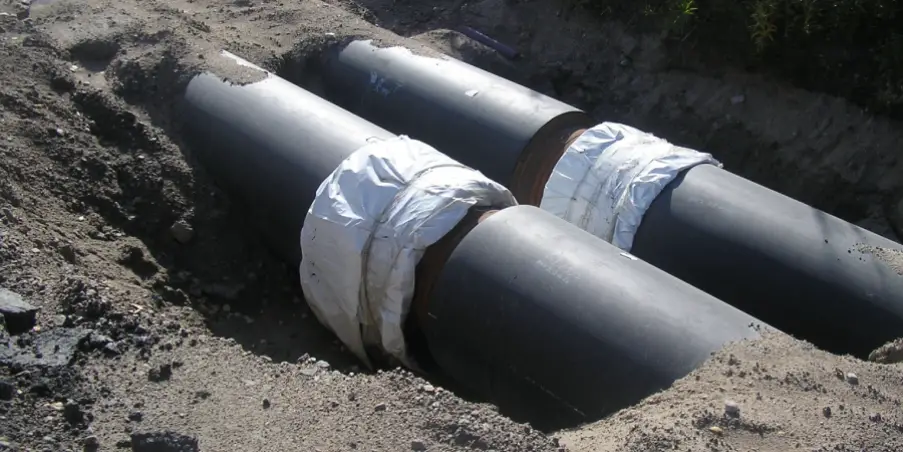
If so, you’ll want to make sure it’s done correctly, as poor cuts in the pipe could lead to serious issues with drainage and water pressure. Fortunately, fairly inexpensive tools are available for performing this task – although it can still require some patience and accuracy on your part.
In this blog post, we’ll provide an overview of how to cut corrugated drain pipes in order to help make your next DIY job easier than ever!
Tools and Materials You Will Need to Cut Corrugated Drain Pipe:
- Corrugated drain pipes
- Tape measure
- Marker or pencil
- Hacksaw or reciprocating saw (with metal-cutting blade)
- Utility knife
Step-by-step Guidelines on How to Cut Corrugated Drain Pipe
Step 1: Measure and Mark the Cut Location on the Pipe
The first step is to determine where exactly you need to cut the corrugated drain pipe. Use a tape measure to carefully measure and mark the desired length on the pipe with a marker or pencil. Make sure that your measurements are accurate, as any mistakes could result in an ill-fitting pipe. Measuring twice is always a good idea to ensure accuracy.
Step 2: Prepare the Pipe for Cutting
Once you have your cut location marked, it’s time to prepare the pipe for cutting. First, use a utility knife to score along the mark on the pipe. This will help guide your saw and prevent any slipping during the cutting process. Then, using sandpaper or a file, smooth out any rough edges or burrs on the scored line. This will not only make the pipe safer to handle, but it will also help create a cleaner cut.
Step 3: Choose Your Cutting Tool
You have a couple of options when it comes to cutting corrugated drain pipes – either a hacksaw or a reciprocating saw (also known as a “Sawzall”). A hacksaw is great for small jobs and can be purchased for relatively cheap. On the other hand, a reciprocating saw is more powerful and efficient, making it ideal for larger projects. Just make sure to use a metal-cutting blade with either tool.
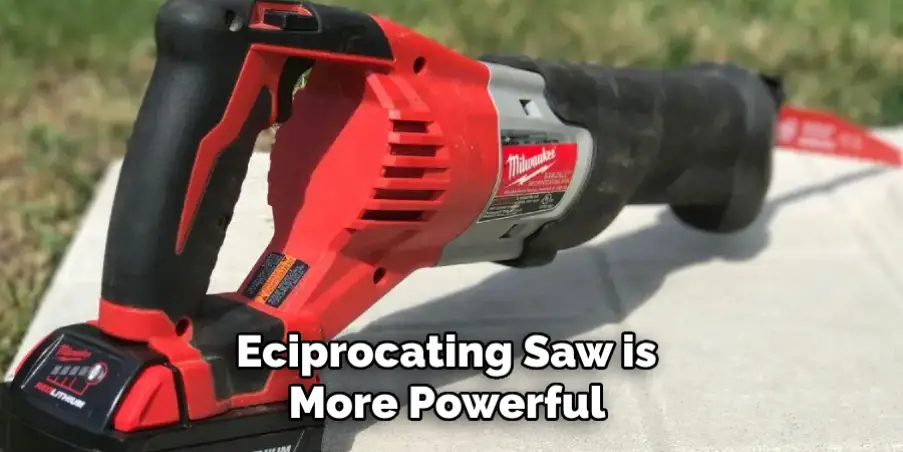
Step 4: Cut the Pipe
Now, it’s time to make the actual cut. Hold your tool of choice at a right angle to the pipe and start cutting along the scored line. Take your time and use light pressure so as not to damage or bend the pipe.
Once you’ve made it all the way through, use sandpaper or a file again to smooth out any rough edges. While it may be tempting to use a sawing motion, it’s actually more effective and efficient to use short back-and-forth strokes with your cutting tool.
Step 5: Double Check Your Measurements and Fit
Before installing the newly cut corrugated drain pipe, double-check the measurements and make sure it fits properly in place. If needed, you can always make minor adjustments with sandpaper or a file to ensure a snug fit. Using a measuring tape or level can also help ensure that your pipe is straight and level for proper drainage. Make any necessary adjustments before proceeding with installation.
Following these simple steps will help you successfully cut corrugated drain pipes for your next DIY project. Just remember to take your time, double-check your measurements, and use the appropriate tools for the best results. With these tips in mind, you’ll be well on your way to completing any plumbing or drainage-related task with ease! Happy cutting!
Additional Tips and Tricks to Cut Corrugated Drain Pipe
- When cutting corrugated drain pipes, it is important to use a sharp blade or cutter. This will ensure clean cuts and prevent any damage to the pipe. Dull blades can cause jagged edges, making it difficult to fit the pipes together.
- Always use safety gear such as gloves and eye protection when cutting corrugated drain pipes. The sharp edges of the pipe can cause cuts or scratches if not handled carefully.
- If using a saw, make sure to use a blade specifically designed for cutting plastic pipes. This will provide more precise cuts and reduce the risk of cracking or breaking the pipe.
- It is important to measure and mark the pipe before cutting it. This will help ensure accurate cuts and prevent any waste of materials.
- If using a saw, make sure to secure the pipe in place before cutting it. This can be done by clamping the pipe to a stable surface or using a vice grip.
- When making angled cuts, use a protractor or angle finder tool to ensure precision and accuracy. This is especially important for pipes that will be connected to other pipes at an angle.
- If the corrugated drain pipe is too large to fit in a saw, consider using a manual pipe cutter specifically designed for plastic pipes. This can provide more control and precision when making cuts.
- Always make sure to use gentle, steady pressure when cutting corrugated drain pipes. Using excessive force can cause the pipe to crack or break.
- If using a saw, make sure to clean out any debris from the inside of the pipe after making cuts. This will prevent clogs and ensure proper drainage.
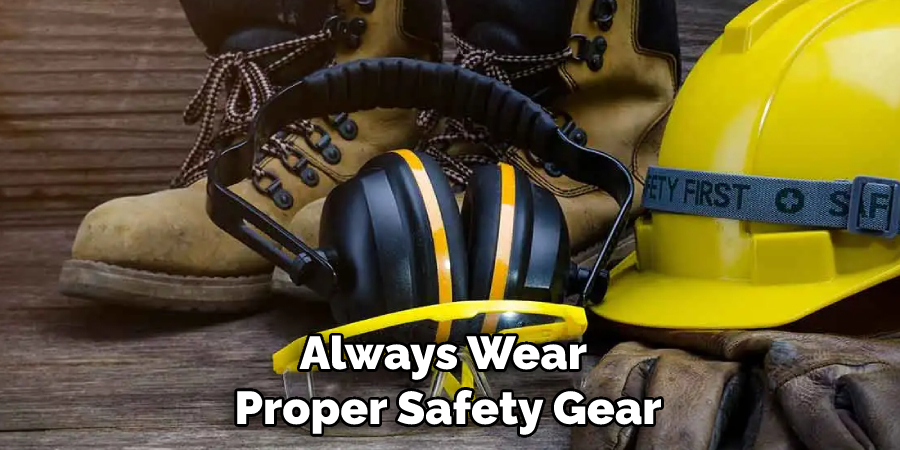
Following these tips and tricks can help ensure a successful and efficient cutting process when working with corrugated drain pipes. Remember to always handle sharp tools and materials with caution, and take breaks when needed to prevent fatigue. Happy cutting!
Precautions Need to Be Followed for Cutting Corrugated Pipe
- First and foremost, it is important to wear appropriate safety gear when cutting corrugated drain pipes. This includes gloves, safety glasses, and long sleeves to protect against any potential debris or sharp edges.
- Make sure the area where you will be cutting the pipe is clear of any obstacles or hazards. This will allow you to have enough space to work safely and efficiently without the risk of tripping over anything.
- Before you start cutting, ensure that the pipe is properly supported and stable to avoid any accidents or injury.
- Be sure to use the correct tools for cutting corrugated drain pipes. A hacksaw or reciprocating saw with a fine-tooth blade is recommended for best results. Avoid using a circular saw as it may cause the pipe to shatter or crack.
- When cutting, make sure to keep your hands and fingers away from the blade at all times. It is best to hold the pipe securely with one hand while cutting with the other.
- If you are cutting a large-diameter pipe, it may be helpful to use a guide or clamp to ensure a straight and even cut. This will prevent any jagged edges that may affect the proper fitting of the pipe.
- Take breaks as needed to avoid fatigue and maintain focus while cutting the pipe. This will also prevent any mistakes or accidents from occurring.
- After cutting, inspect the edges of the pipe to make sure they are smooth and free of any sharp or jagged areas. This will help ensure a proper fit when connecting the pipe with other pieces.
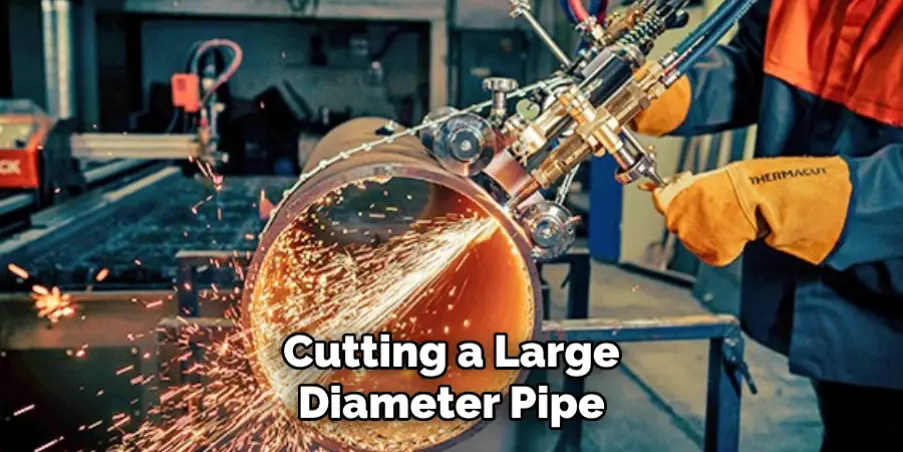
Following these precautions will not only help you cut corrugated drain pipe safely, but it will also ensure a professional and efficient end result. Remember to always prioritize safety when working with any type of cutting tool or equipment. Happy cutting!
Frequently Asked Questions
What is a Corrugated Drain Pipe?
Corrugated drain pipes are flexible plastic pipes that have ridges on the exterior, allowing water to flow through them easily. They are commonly used for draining excess water from yards and gardens, as well as for agricultural and construction purposes.
How Do I Know if I Need to Cut a Corrugated Drain Pipe?
You may need to cut a corrugated drain pipe if it is too long for your desired application, or if you need to make an angled connection with another pipe. It’s important to measure carefully before cutting to ensure a proper fit.
Can I Use Any Tool to Cut a Corrugated Drain Pipe?
It is recommended to use a specialized tool called a pipe cutter when cutting corrugated drain pipes. This type of cutter has sharp, serrated blades that are designed specifically for cutting through plastic piping. Using other tools, such as a saw or utility knife, may result in jagged edges or uneven cuts.
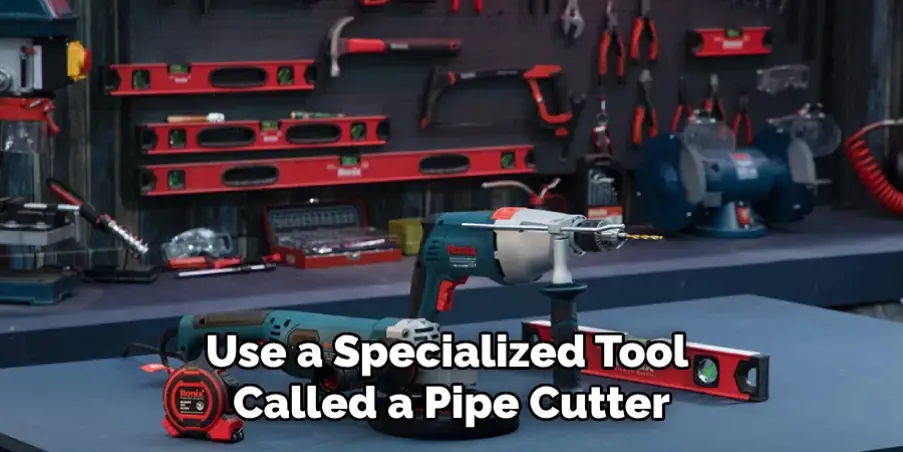
Conclusion
In conclusion, cutting corrugated drain pipe may seem like a daunting task to some, but can be made easier with the proper tools and steps. If done right the first time, you will save yourself time and effort on future projects. Be sure to wear safety protection such as gloves and goggles as necessary when using power tools for this job.
Having proper knowledge on how to cut corrugated drain pipe is key to making your projects look clean and professional. It also helps improve the structure of any project by creating uniform shapes. So if you’re looking for a smoother process in your next piping job, try out these steps today and see just how easy it can be!

